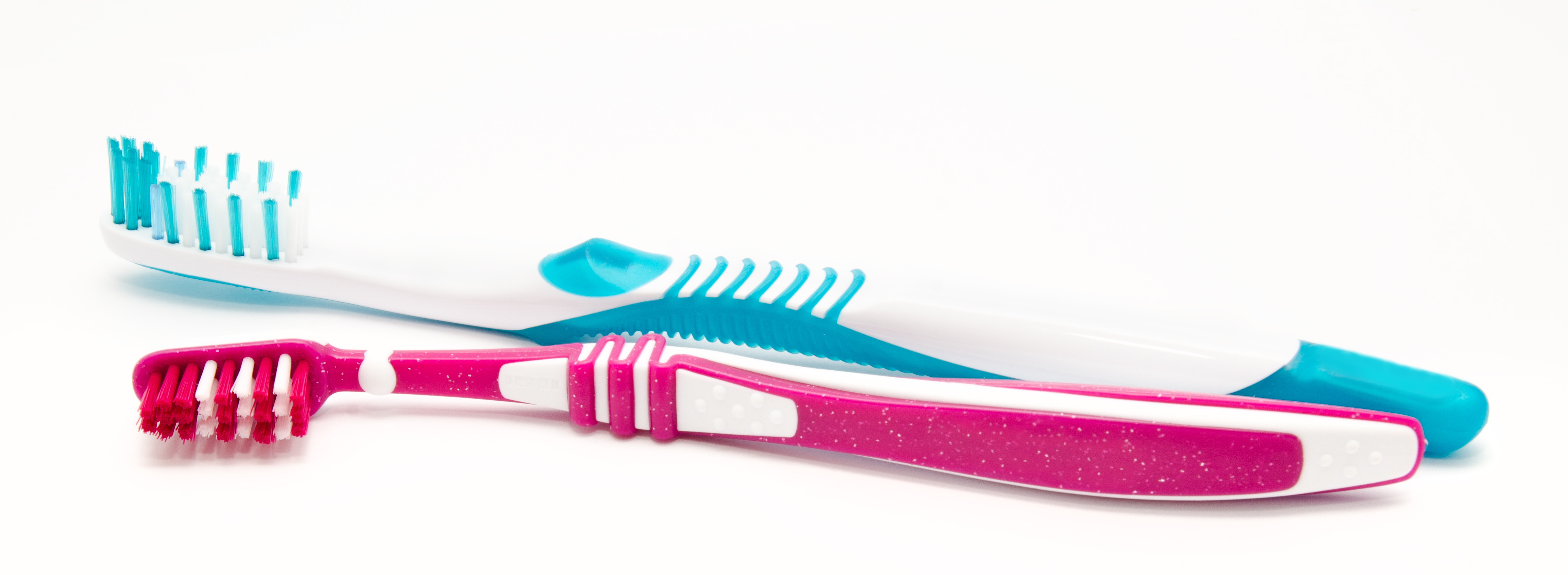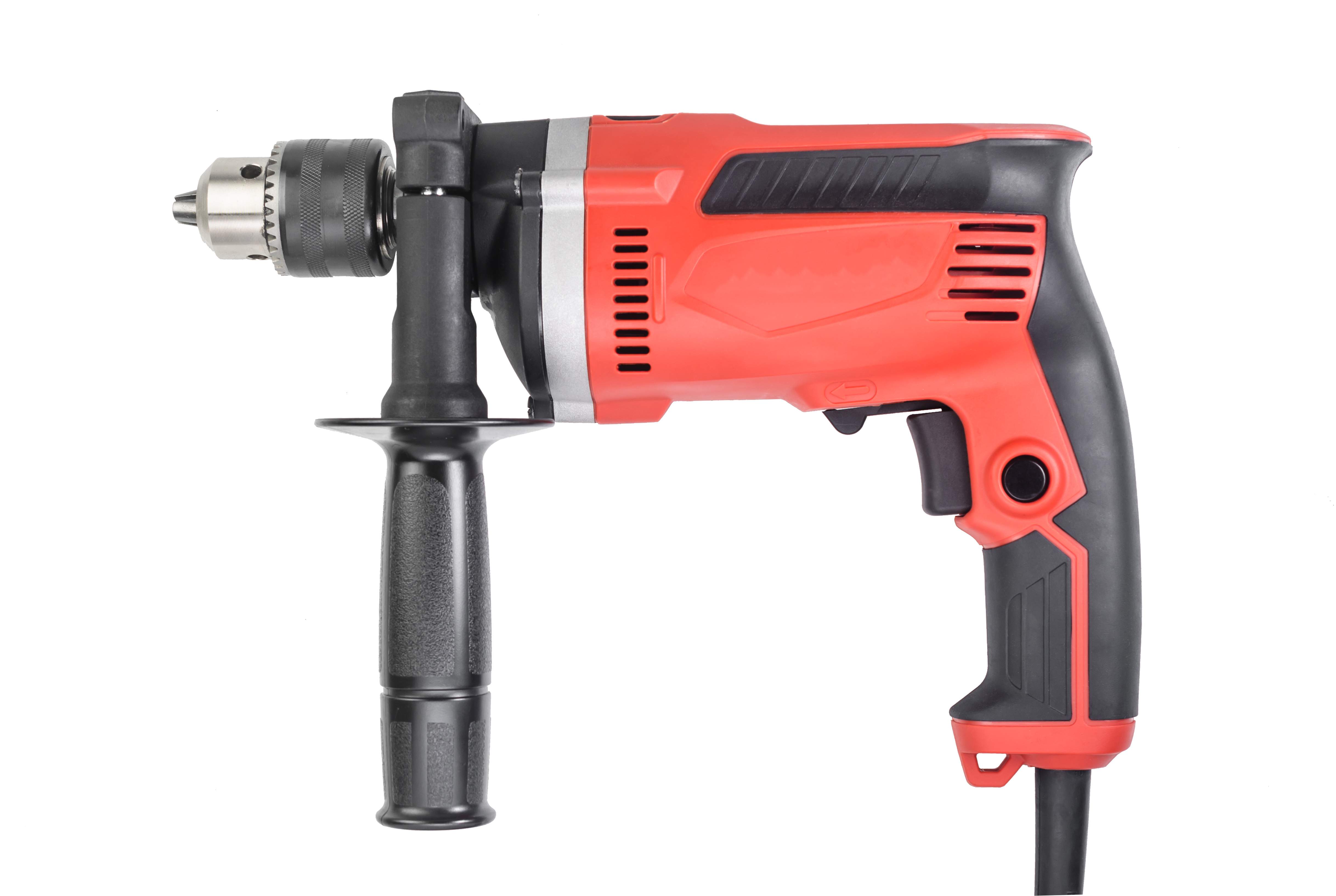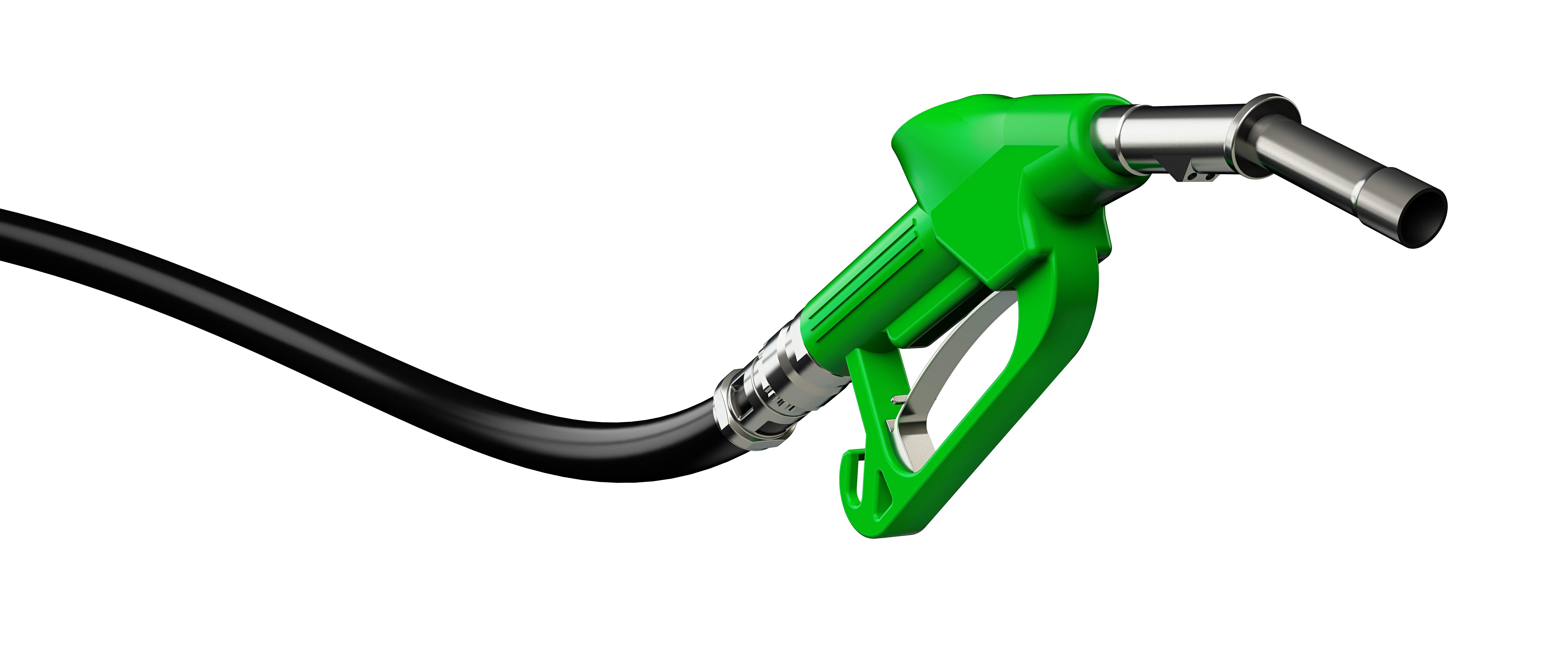Overmold Engineering and Design
As automotive manufacturers have been driven to reduce vehicle weight, CS Tool Engineering has stepped up to the challenge of helping develop increasingly complex plastic injection molds. When designing and building plastic injection molds for overmolding applications, gating, insert, substrate placement and retention during the molding cycle are critical. Engineering the overmold to interface with automation so that parts may be loaded prior to molding (and then removed) is key to allowing' our customers run these molds at top efficiency, producing high-quality parts.
Our engineers love the challenge.
The intricacies involved in manufacturing an automotive door handle, for instance, are hard to imagine. The geometrical complexity of designing a plastic injection mold that produces plastic with the strength of steel is demanding.
Overmolding has proven to be an effective method for achieving this end.
What Is Overmolding?
 In overmolding, a single part is created using a combination of two or more different materials. The first material (the substrate) is partially or fully covered by the subsequent (overmold) materials during the manufacturing process.
In overmolding, a single part is created using a combination of two or more different materials. The first material (the substrate) is partially or fully covered by the subsequent (overmold) materials during the manufacturing process.
The hard plastic substrate provides structural support. The second material usually provides a soft texture. (For instance, screwdriver handles and toothbrushes are common hard-soft overmolded products.) Overmolding allows the use of two different materials without using additional adhesives or fasteners.
The substrate could be almost anything: a machined metal part, a molded plastic part, or an existing product (such as threaded inserts, screws or electrical connectors). The substrate is the basis for what will eventually become a single continuous part, made from chemically bonded (and often mechanically interlocked) materials of different types.
The overmold materials are often plastic-based and are typically in the form of pellets. These pellets are then mixed with colorants, foaming agents and other types of fillers. The pellets are melted down and the resulting liquid is injected into the mold tooling.
How Does It Work?
The overmold process is fairly straightforward:
- The substrate material or part is placed into an injection molding tool
- The overmold material is injected into, onto or around the substrate
- The overmold material is allowed to cure or solidify
- The end product: two materials joined together as a single part.
Typical over-mold combinations include:
- Plastic Over Plastic – A rigid plastic substrate is molded first, followed by another rigid plastic overmold on or around the substrate. The two plastics often differ in color and/or resin.
- Rubber Over Plastic – A rigid plastic substrate is molded first, followed by a soft rubber or TPE overmold. (TPE, or thermoplastic elastomer, is a mix of polymers, typically plastic and rubber.) This process is often used to create a rigid plastic part with a soft grip area.
- Plastic Over Metal – A metal substrate is first machined, cast or formed. It is then inserted into an injection-molding tool, where the plastic is molded onto or around the substrate. This process is often used to capture metal components within a plastic part.
- Rubber Over Metal – A metal substrate is first machined, cast or formed. It is then inserted into an injection molding tool and rubber or TPE is molded onto or around the metal. This process is used to create a rigid metal part with a soft grip surface.
Why Overmold?
 The most common reasons for using the overmold process are:
The most common reasons for using the overmold process are:
- To break up color (for aesthetics)
- To provide a soft grip surface around a rigid part (e.g., hand tools)
- To add flexible areas to a rigid part
- To capture one part inside of another part without the use of fasteners or adhesives
- To reduce production time. Overmolding eliminates the need to assemble two separately manufactured components (such as a metal tool and a rubber hand grip). Overmolding the metal tool with a rubber handgrip eliminates the assembly process.
Replacing Metals with Plastics
 For the automotive industry, replacing metal with high-performance plastic injection or compression-molded components is a proven strategy for vehicle weight reduction. On average, vehicle fuel mileage improves 2% for every 100 lbs. of weight reduction.
For the automotive industry, replacing metal with high-performance plastic injection or compression-molded components is a proven strategy for vehicle weight reduction. On average, vehicle fuel mileage improves 2% for every 100 lbs. of weight reduction.
For example, overmolding with some of the new all-plastic composites is now replacing overmolds that use heavier plastic-metal “hybrid” composites. So far, these new overmolded plastics are being used primarily on automotive interiors. But additional applications are expected.
When mass production is combined with vehicle weight reduction, the results are astonishing. Reducing the vehicle weight of the 70 million lightweight vehicles produced annually would not only decrease CO2 emissions; it would save 90 million gallons of fuel – enough fuel to power 180,000 vehicles for a year.

